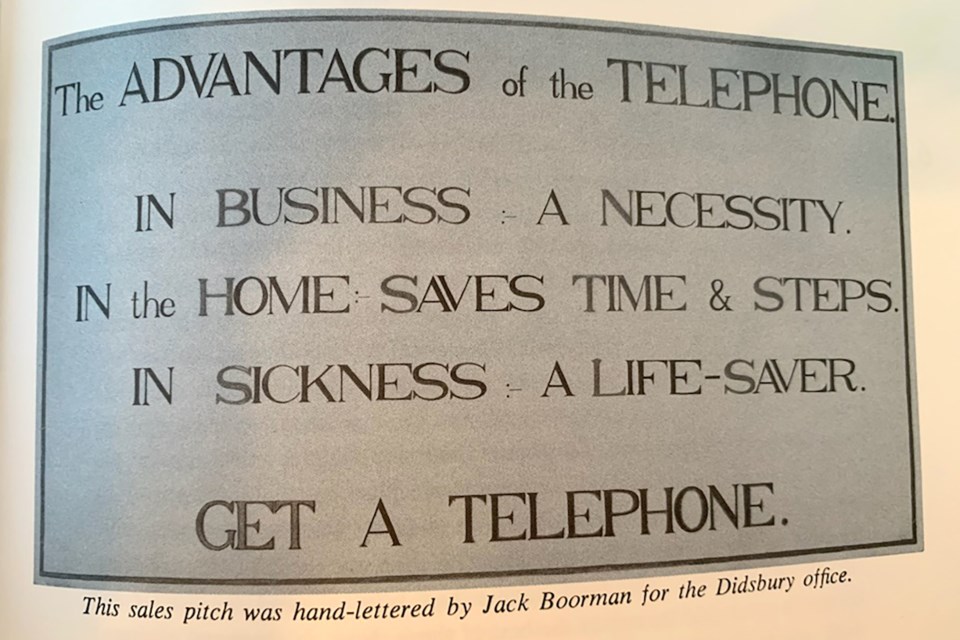LAKELAND - It will be the end of an era, as the last payphones located within St. Paul and Bonnyville are set to be removed in April of this year.
A statement from WiMacTel Canada Inc., on behalf of TELUS Communications was sent to the Town of St. Paul on Jan. 24, stating the payphone located at the Kings Motel & Restaurant in St. Paul is being removed on or after April 5, 2022.
"This is due to the decline in usage," reads the letter.
A similar statement sent to Bonnyville's mayor noted that the payphone at ReddiMart in Bonnyville would also be removed on or after April 5.
Payphones across the province are being removed for the same reason - with some only being used a handful of times over the course of a year.
RELATED STORY - St. Albert says goodbye to payphones
To the east and the the west of St. Paul, two other payphones will also be removed this spring.
The removal of the TELUS payphone at Laurier Lake, near Heinsburg, is also set to be removed. On Jan. 18. WiMacTel Canada Inc. sent a notice to the County of St. Paul stating the payphone would be removed on or after March 25, 2022. Once again the reason was due to a decline in usage.
And to the west of St. Paul, the Floating Stone Estates payphone, located in the Ashmont region, is also slated to be removed on or after March 25.
A little bit of history
In 1965, Statistics Canada reported that there were 4,019 public pay telephones. Across the country, there were 73,306 public pay telephones.
There were also 5,240 two- and four-party residential lines, along with 31,543 rural residential lines in Alberta.
The history of telephones in Alberta is complex enough that a book detailing the many changes, politics, and issues from the early 1900s to the 1970s exists. The book - Singing Wires, The Telephone in Alberta, is written by Tony Cashman - and is available for members of the local library system to check out.
The book includes information on the long-gone technology that once connected rural Albertans. In the book, Cashman describes how the provincial government moved quicker on telephone recommendations than on the telegraph.
"In the spring of 1884 the House voted $675 for the Edmonton-St. Albert line. The poles would be supplied by the people at no expense to the government: 288 tamaracks worth about 50 cents apiece. The government's contribution would cover shipping, labor, the instruments, the porcelain insulators and the wires."
The long-running history of AGT - Alberta Government Telephones - is also interspersed throughout the book.
Of course, Alberta's history with telephones also includes the popular party lines that existed across rural Alberta.
"The party line was a social institution," writes Cashman. "Five women planning a dance could hold a meeting on the phone and make the party line a conference line. In harsh days of winter when mothers were reluctant to send kids out to the road to wait for the school bus each mother could ring ahead as the bus left her farm. Neighbours could have news of the community without listening in... The party line was a community of interest."
When the book was written in the early 1970s, a look into the future was offered.
"As this was written people stood at the gates of a wonderland called The Wired City, a city in which a man can use his telephone to watch his favourite televised football game at a time of his own choosing; order refreshments to be consumed during the game; get a printout of his newspaper to read afterwards; and obtain all the information stored in computers at the public library if he doubts what he reads in the paper. The Wired City is achieved by raising the telephone system to a state called computer-communications, in which the two words are joined by a hyphen because they become inseparable... Time will tell whether the Wired City is a bonanza or the opposite."



